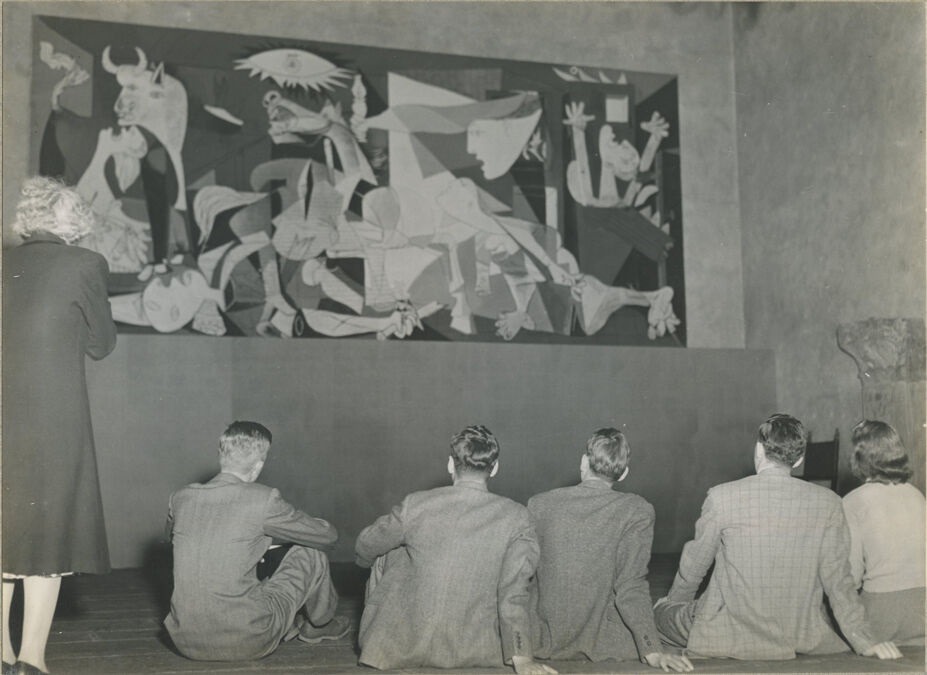
Picasso: War, Combat, and Revolution
Harvard Art Museums – Jan 20 to May 05, 2024 Cambridge/Massachusetts (US)
Pablo Picasso’s painting Guernica was commissioned by the Spanish government for the 1937 Paris World’s Fair. It was exhibited in Josep Lluís Sert’s Spanish Pavilion, alongside Joan Miró’s The Reaper and other works. Completed in early summer 1937, the massive 11 × 25 foot painting addresses the devastating Fascist-era aerial bombing of the Basque town of Guernica on April 26, 1937. More broadly, the painting confronts the horrors of war.
War, combat, and revolution.
The current installation, which complements the Harvard course World Fairs, focuses on Picasso’s engagement with war, combat, and revolution. It explores Guernica’s core themes, the repressive Spanish dictator Francisco Franco, broader imagery of death, struggles of good and evil (represented by matadors, Minotaurs, Classical competition mythology), political and artistic revolution, and issues of desire and capture. Among those who faced Franco regime reprisals was Picasso’s friend Josep Rocarol. Book illustrations with African and other subjects (visual “primitivism”) had a seminal influence on Picasso in his early Paris years. These works include The Barbarian Dance and Salomé from 1905 and his transformative October 1906 figural studies. Studies based on this book imagery were foundational to his revolutionary March 1907 masterpiece Les Demoiselles d’Avignon, subsequent Cubist interventions, and Guernica itself.
Guernica.
At Picasso’s urging, Guernica traveled to the United States in 1939 to raise funds for the Spanish Refugee Relief Commission. Remaining here during World War II for safekeeping with the Museum of Modern Art (MoMA), Guernica was twice (in 1941 and 1942) lent to Harvard’s Fogg Art Museum to be exhibited. MoMA’s director, Alfred Barr, had been a student of well-known professor and museum leader Paul J. Sachs. The Harvard Crimson described the painting on October 1, 1941, as a “spectacular and controversial” work, whose abstraction had a far “more moving [impact] than a realistic description of an actual air raid.” The timing was significant. The 1941 Harvard exhibition occurred two months before the United States entered World War II (December 7, 1941); the second exhibition followed shortly after, in 1942.


Harvard Art Museums→ 32 Quincy Street Cambridge, MA, USA 02138
◊
Use our Art Geolocation App
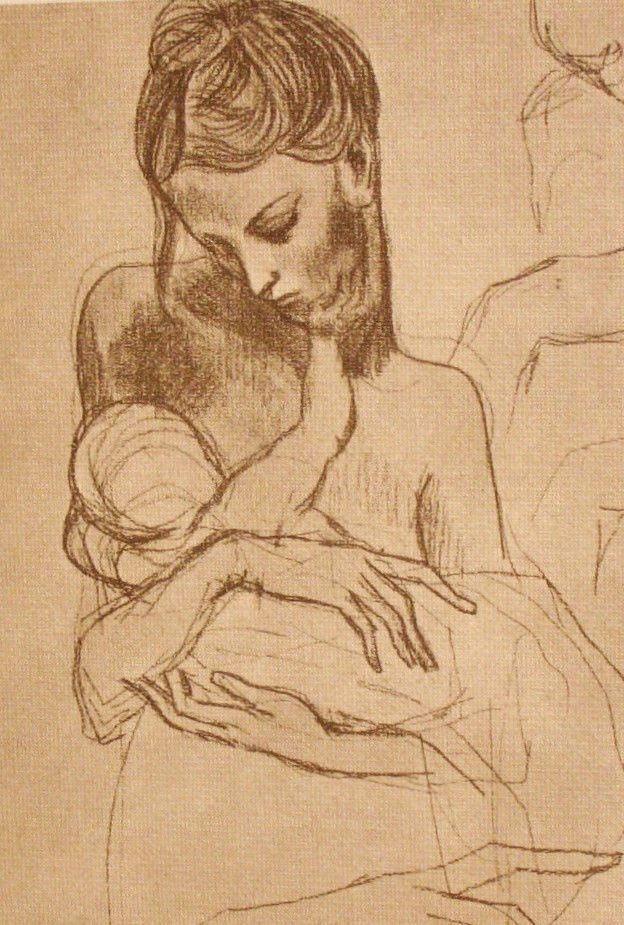

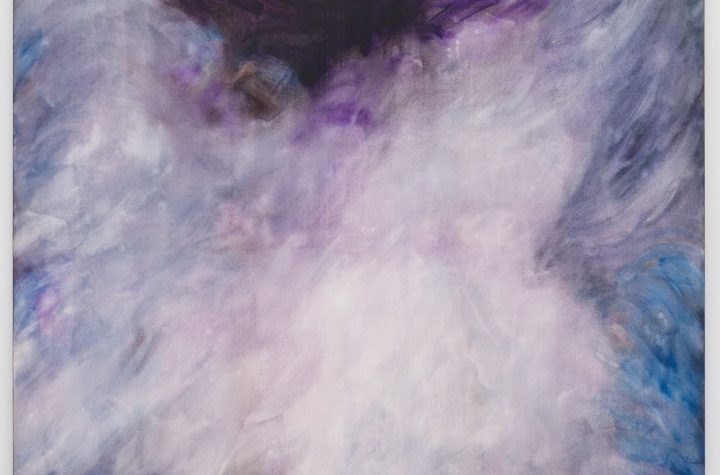
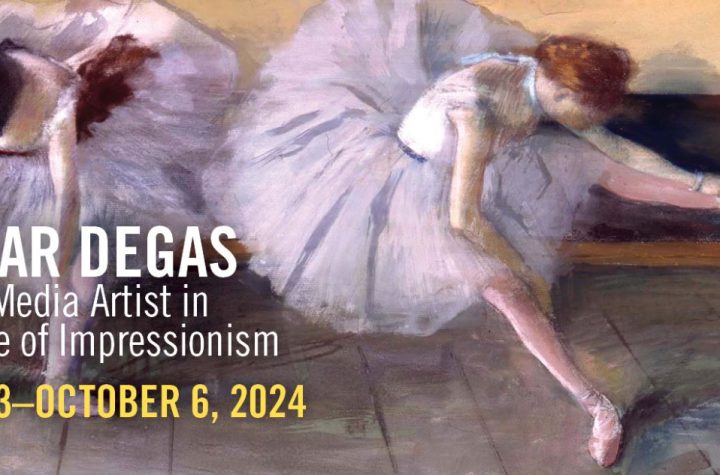
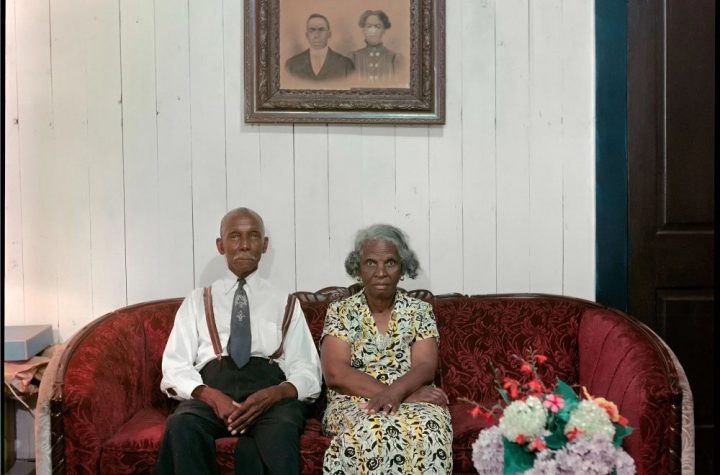
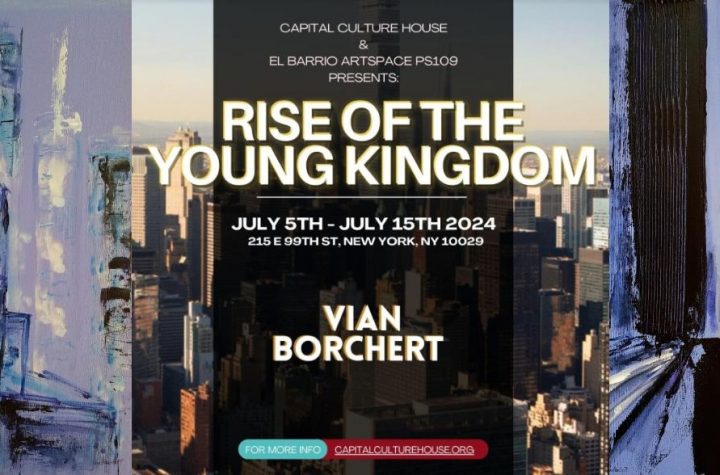
More Stories
Yoko Matsumoto: Darkness Against Nature
Edgar Degas: Multi-Media Artist in the Age of Impressionism
Gordon Parks